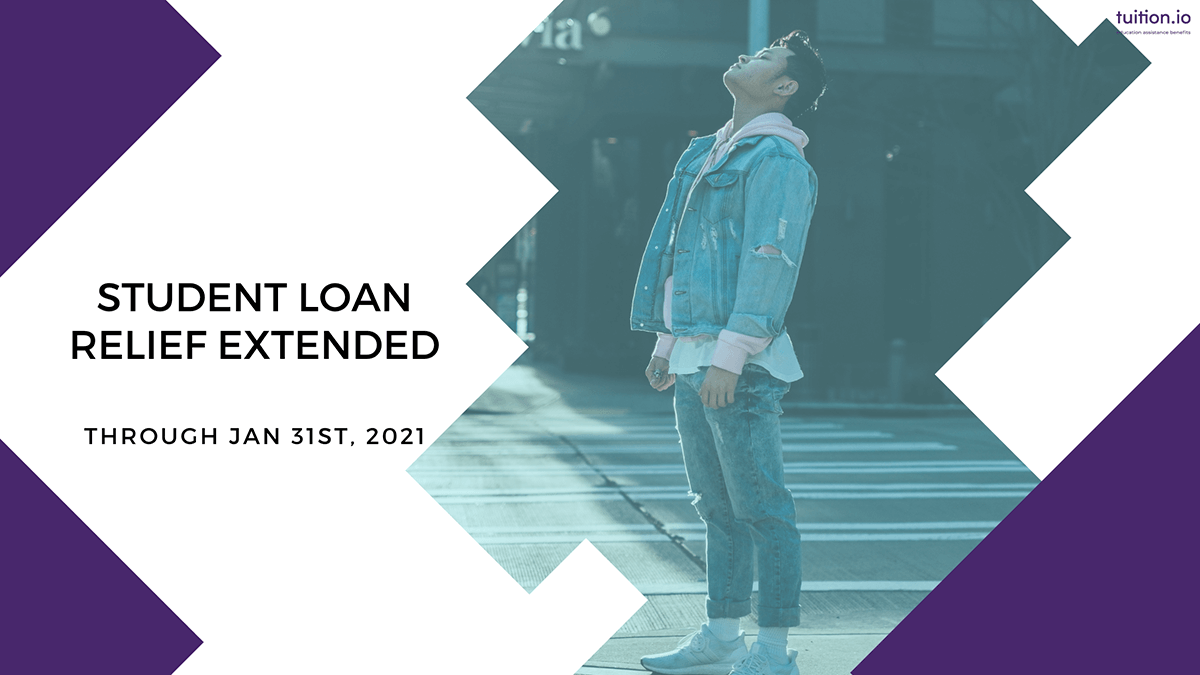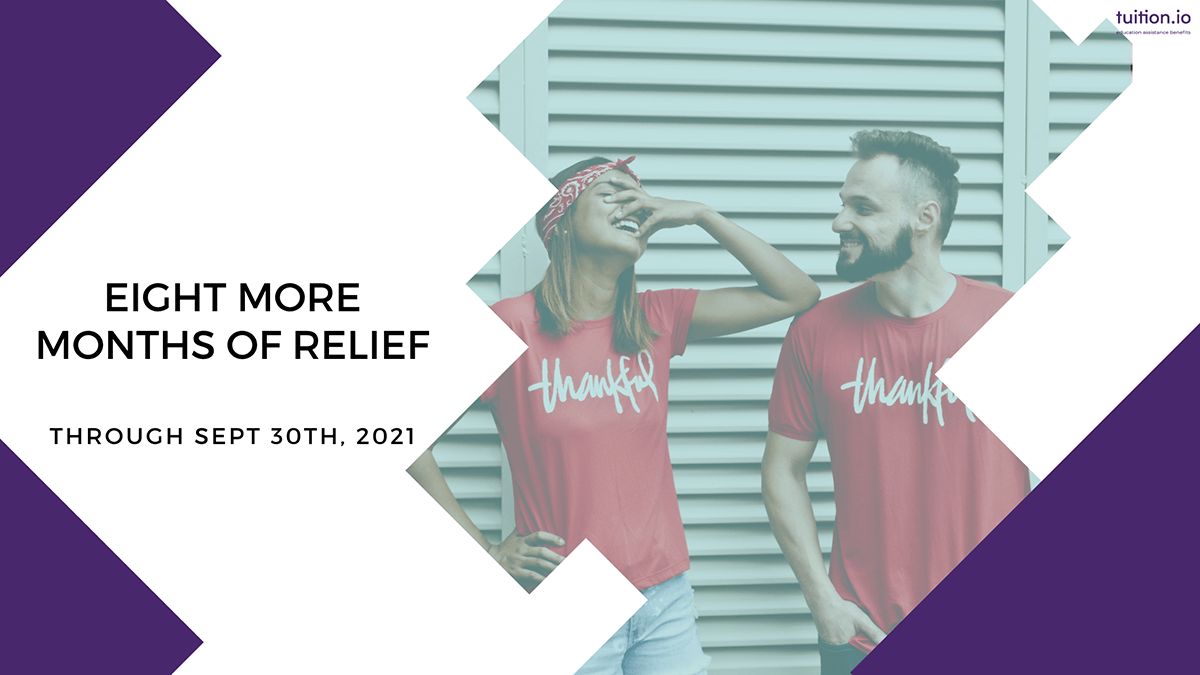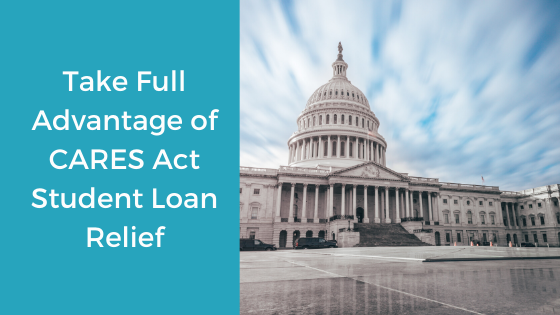Eight More Months of Student Loan Relief
Updated to reflect extension of relief through January 31st, 2022. This article is a quick reminder of the temporary relief initiatives and how you...

The temporary student loan relief included in the CARES Act has been extended through 1/31/2021. The extension helps address borrower concerns during the transition of the Biden administration. Federal student loan relief will now stretch ten months. This article is a quick reminder of the temporary relief initiatives.
All of the below items only apply to federal student loans. If you have private student loans and are struggling to make payments, contact your servicer.
With newly spiking COVID cases, borrowers continue to experience job loss, wage reduction, or are working less hours. That means less money to do the basic things like pay for health insurance, pay rent/mortgage, keep the lights on, and put food on the table. It also means the financial pressure of student loans can be crushing. Take advantage of not having to make payments to your federal student loans through January 31st. Department of Education owned loans aren’t accruing interest right now so although your loan balance won’t be going down, it also shouldn’t be increasing.
You will also want to think ahead to when the temporary pause will end. Your best bet in this situation is enrolling in an income-driven repayment plan. Income-driven payment plans can be as low as $0/month depending on your income so can be a good option for maintaining good credit and avoiding delinquency and default.
As long as you’re not pursuing loan forgiveness and your financial position is strong, making payments now can help you pay off your loans even faster. A 0% interest rate on Department of Education owned loans means your payments will be going to principal and paying down your balance even faster. One thing to watch out for is refinancing; you can’t beat 0% on federal loans. You can consider refinancing any federal student loans after the temporary relief expires. This relief doesn’t apply to private loans so you can look into refinancing private loans now.
Coach Q&A: What is Income-Driven Loan Forgiveness?
5 Tips for Choosing Teacher Loan Forgiveness or Public Service Loan Forgiveness
Coach Q&A: Public Service Loan Forgiveness Pitfalls
CARES Act Help for Student Loan Default
Federal Student Aid Coronavirus Information for Students, Borrowers, and Parents

Updated to reflect extension of relief through January 31st, 2022. This article is a quick reminder of the temporary relief initiatives and how you...

The temporary student loan relief included in the CARES Act has been extended through the end of the year. An executive order signed August 8th...

Please note an executive order signed 08/08/2020 continues the student loan relief through 12/31/2020. We updated the article to reflect the new...